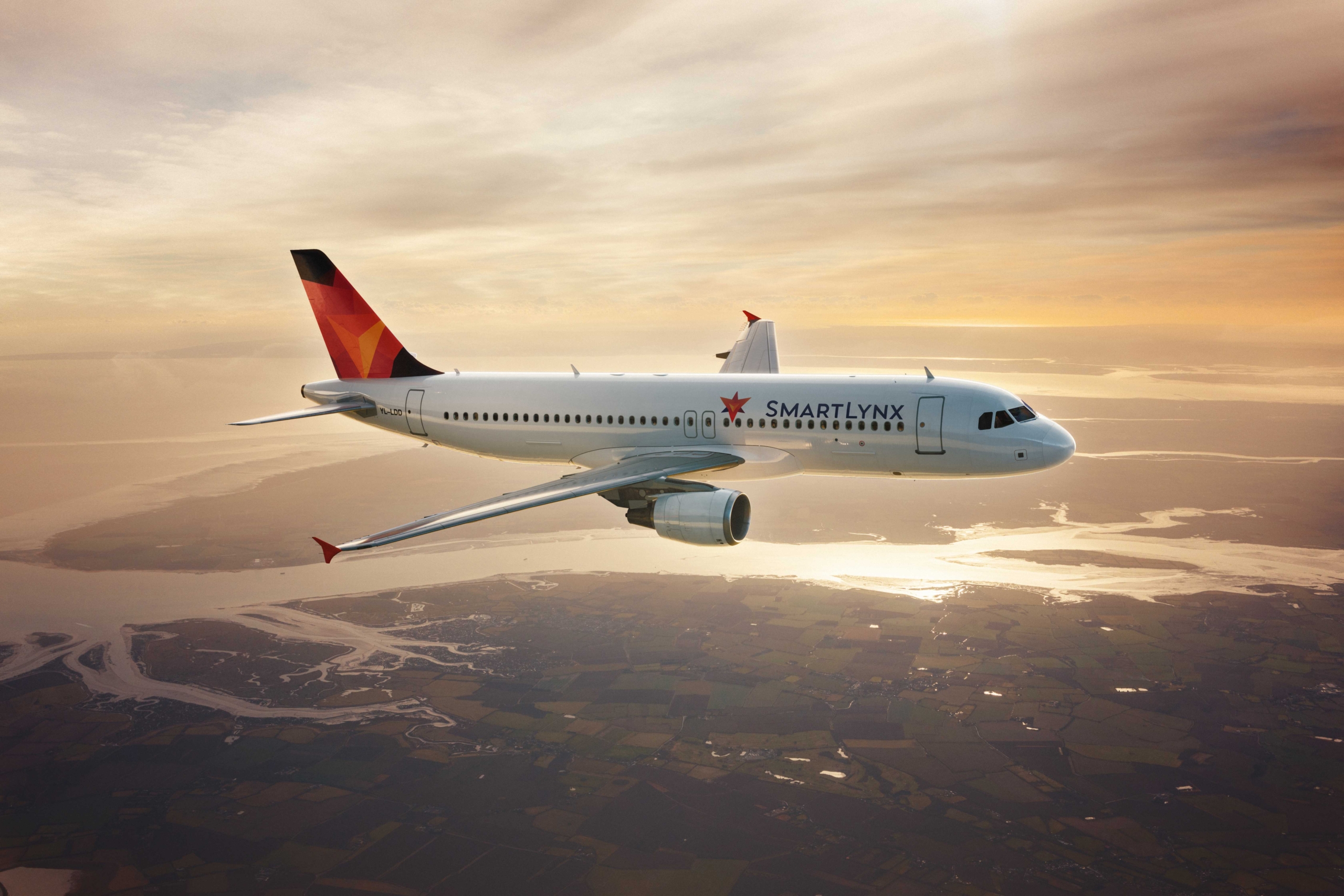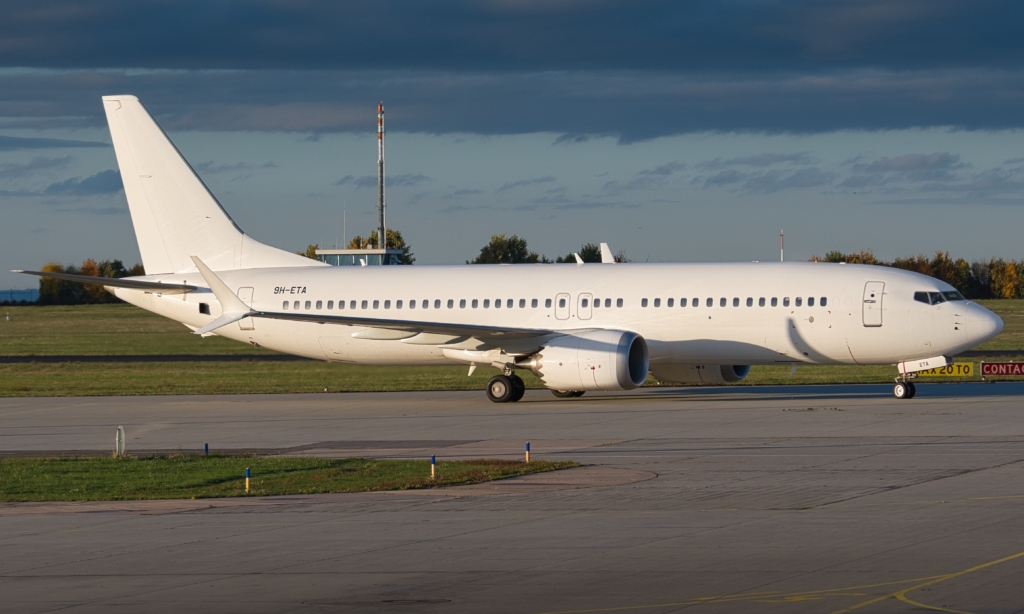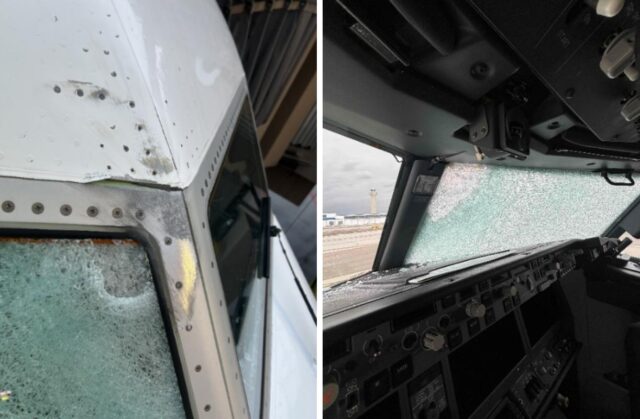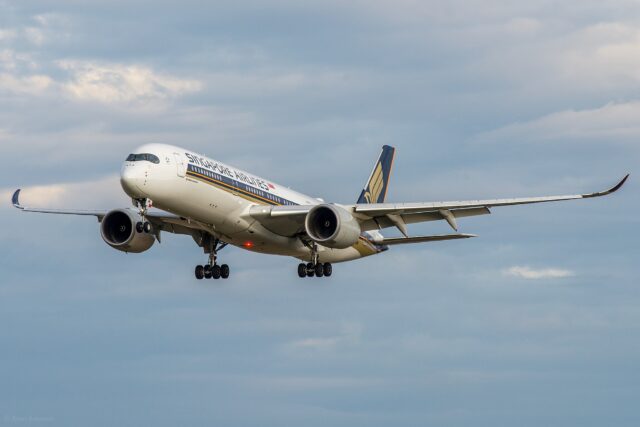SmartLynx collapse raises questions over €238m debt and rapid ownership change

November 25, 2025

SmartLynx Airlines Latvia, one of Europe’s longest-running ACMI units within the SmartLynx group, has ceased commercial operations with immediate effect, ending more than three decades of flying under the Latvian AOC and triggering intense scrutiny over how the carrier unravelled so quickly.
The announcement, issued on 24 November, came barely a month after its parent, Avia Solutions Group (ASG), sold the Latvian airline to a newly formed Dutch distressed-asset fund.
It also followed the carrier’s entry into formal restructuring proceedings on 28 October, raising pointed questions from creditors, analysts and employees about the timing, the debt structure and the sequence of ownership changes that preceded its collapse.
SmartLynx Latvia described the decision as difficult but unavoidable following a review of its financial position. Yet former staff say they received no formal notice before the news broke, with some learning of the shutdown through social media and reporting unpaid wages for October and November.
How SmartLynx’s ACMI operation slipped into financial distress
Founded in 1992 as LatCharter, SmartLynx Latvia grew into a major wet-lease provider, supplying A320-family capacity to airlines including easyJet, Jet2, TUI, DHL, Condor, Eurowings and others.
At its peak in 2024, the wider SmartLynx brand operated close to 70 aircraft across multiple AOCs and carried more than 10 million passengers under ACMI and charter contracts.
But the Latvian AOC, the oldest in the SmartLynx group, had shown signs of pressure.

On 28 October, the Riga District Court placed SmartLynx Airlines into legal protection, a form of in-court restructuring that freezes creditor claims while a recovery plan is drafted. Public filings showed the airline already owed more than €522,000 in tax arrears, suggesting deeper liquidity issues.
Even so, flight-tracking data showed 12 aircraft still active on the Latvian registry as of 24 November, including eight Airbus A320s and four A321s, one of them a P2F conversion. For both staff and partners, the immediate grounding still came as a shock.
Read more: Air Peace accuses SmartLynx of abrupt withdrawal of wet-leased aircraft
SmartLynx ownership transfer days before insolvency raises red flags
What makes the SmartLynx case particularly striking is the rapid sequence of corporate events.
Registry documents show ASG completed the sale of its Latvian SmartLynx unit on 22 October to a newly created fund, Stichting Break Point Distressed Assets Management, which had been incorporated only weeks earlier. Minority shares went to the airline’s CEO and CFO.
Within six days, SmartLynx filed for court protection. Days later, it stopped flying.
ASG retained ownership of SmartLynx Malta and SmartLynx Estonia, both of which are expected to be merged and rebranded as part of the group’s broader consolidation of its European AOCs.
ASG characterised the sale as part of a long-term streamlining strategy, but the proximity between the ownership transfer and the insolvency filing has raised serious concern among creditors and monitoring groups.
SmartLynx’s €238m liabilities reveal heavy intra-ASG debt exposure
Those concerns intensified when Blacklist.aero published what it said was the complete creditor list for SmartLynx Airlines Latvia. According to its analysis, the company owed more than €238 million to 781 creditors. Around €64 million of that figure relates to external suppliers, lessors and partners.
But the remainder—approximately €174 million—is owed to other entities within the Avia Solutions Group structure. This includes substantial sums to SmartLynx Malta, SmartLynx Estonia, Smart Aviation Holdings and ASG Finance DAC.
Top 10 creditors of SmartLynx Latvia
| Creditor | Amount Owed (€) | ASG Company? |
|---|---|---|
| SmartLynx Airlines Malta Limited | 38,830,777.26 | Yes (ASG) |
| SmartLynx Airlines Estonia | 12,515,456.77 | Yes (ASG) |
| Lufthansa Technik | 4,949,691.71 | No |
| Joramco | 2,881,904.55 | No |
| Smart Aviation Holdings SIA | 2,298,460.11 | Yes (ASG) |
| ACM Smart 737 AssetCo LLC | 1,791,946.70 | No |
| Sentry Aerospares Ltd (Aerospares2000) | 1,186,388.21 | No |
| Yurico International Holdings Ltd | 890,155.08 | No |
| SmartWings AS | 867,872.92 | No |
| FedEx Express Latvia SIA | 775,471.07 | No |
For a mid-sized ACMI airline, that concentration of intra-group debt is highly unusual. Analysts say this suggests that the Latvian unit had been burdened with large internal liabilities long before its sale, while day-to-day operating debts, such as airport fees, logistics, and fuel, were relatively modest.
Blacklist.aero described the pattern as showing “indicators of intentional bankruptcy and possible fraud”. These remain allegations, not findings, but they reflect significant anxiety among creditors now facing large write-downs.
Why SmartLynx’s restructuring process is alarming creditors
Under Latvia’s legal protection regime, SmartLynx’s management remained in place during the restructuring, supervised by a court-appointed administrator. This is lawful, but it has unsettled creditors who argue that the leadership team that oversaw the accumulation of debts retained operational control after a sale and into insolvency.

The separation of the ‘good’ AOCs—Malta, Estonia, Thailand, retained by ASG—from the ‘bad’ one, transferred to a Dutch distressed-asset fund, has drawn further criticism. Several observers describe this as a classic “toxic bin” structure, where liabilities are concentrated in a single subsidiary that is then allowed to fail while the profitable parts continue operating elsewhere.
ASG has denied any wrongdoing and maintains that the restructuring was necessary to safeguard the group’s wider stability.
What SmartLynx creditors can challenge under EU insolvency rules
Lawyers familiar with cross-border aviation cases say creditors could still challenge elements of the SmartLynx restructuring under EU rules governing transactions that prejudice or defraud creditors. Courts can investigate whether a sale:
- reduced creditors’ ability to recover debts
- shifted assets out of reach
- was executed in bad faith or with knowledge of insolvency
- deprived creditors of fair oversight
Should investigators find evidence of any of these, remedies could include:
- annulment of the sale
- reversal of asset transfers
- restoration of the previous ownership structure
- recognition of bad-faith actions by the buyer or seller
Several parties have already submitted complaints to Latvian authorities, and more may follow as the restructuring progresses.
SmartLynx collapse leaves staff and partners facing uncertainty
The shutdown leaves more than 1,200 pilots, cabin crew, engineers and office staff facing sudden uncertainty. Many say they have struggled to reach management for clarification or for confirmation of unpaid salaries. Wet-lease partners that relied on SmartLynx capacity for the winter season also face service gaps and operational disruption.

For regulators, lessors and ACMI operators across Europe, the case raises a broader concern: whether the structure of cross-border group airlines allows distressed subsidiaries to be isolated too easily, leaving creditors with little recourse once insolvency proceedings begin.
Next steps in the SmartLynx restructuring and creditor claims
The full restructuring plan is due by February 2026. Until then, SmartLynx’s creditors, employees and partners face a long wait to understand whether this will be treated as a lawful restructuring that simply failed, or whether deeper issues will be examined.
With ASG still holding 11 active AOCs and operating a fleet of 187 aircraft worldwide, the industry is now watching closely to see whether the SmartLynx collapse sets a precedent for future restructuring cases in Europe’s increasingly consolidated ACMI sector.
















